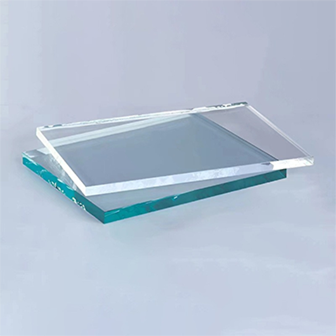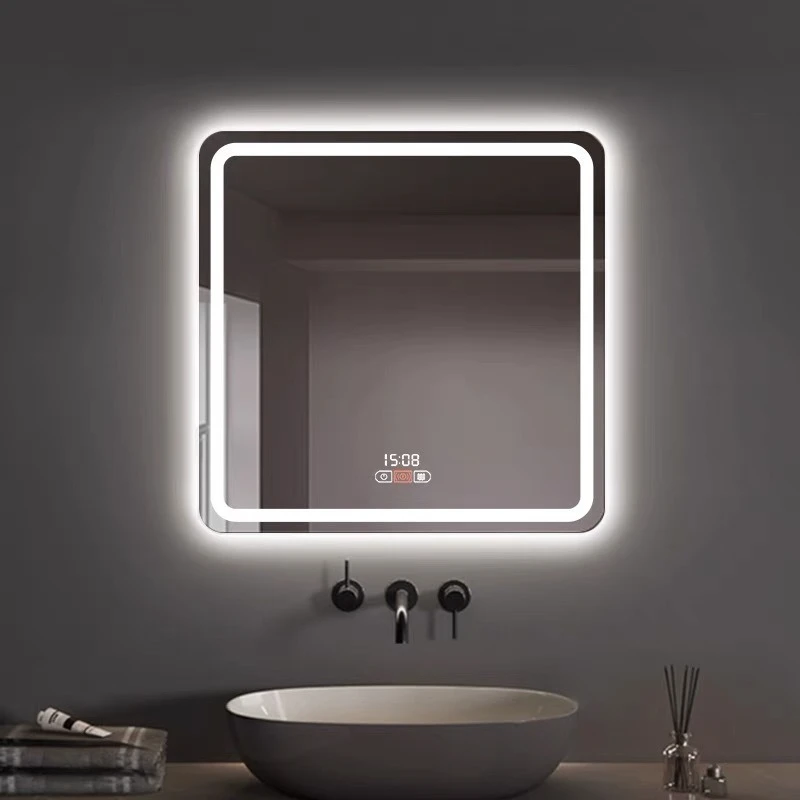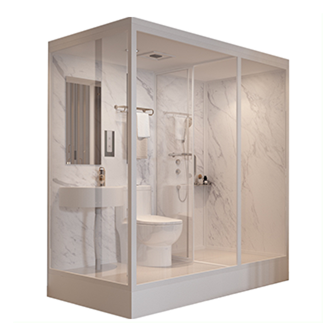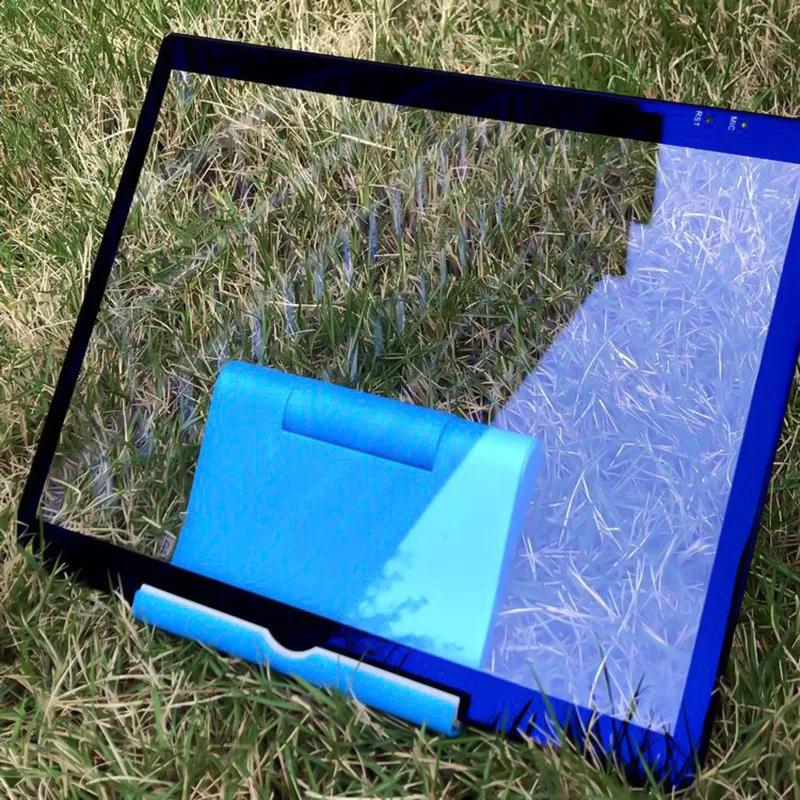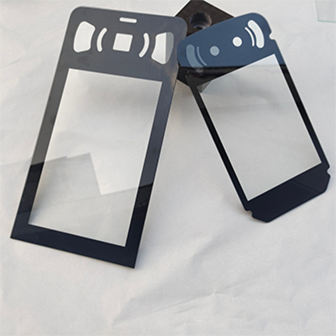Sep . 02, 2025 17:15 Back to list
Aluminum Mirror Sheet-SHAHE SHOTT GLASS Co., Ltd.|High Reflectivity&Durability
Aluminum mirrors have become a cornerstone in modern manufacturing, offering a balance of performance, cost-efficiency, and environmental sustainability. This article delves into the fabrication process, key features, technical specifications, applications, and company background of aluminum mirrors, providing a comprehensive overview of their significance in various industries. For more details, visit the official product page.
The Fabrication Process of Aluminum Mirrors
Unlike traditional silver mirrors, aluminum mirrors utilize vacuum magnetron sputtering technology to achieve superior reflectivity and durability. This advanced process involves several critical steps:
Glass Cleaning
Before any coating is applied, the glass surface must be meticulously cleaned using purified water. Tap water can introduce impurities that compromise the mirror's quality, making a dedicated water treatment system essential for production. This step ensures a pristine base for the aluminum layer, as highlighted by copper-free silver mirrors in the context of alternative mirror technologies.
Vacuum Magnetron Sputtering
In this stage, the glass is placed in a vacuum chamber where aluminum is vaporized and deposited onto the surface. The vacuum environment ensures uniform adhesion, creating a smooth, consistent reflective layer. This method significantly enhances productivity and quality, as noted in the NIST guidelines on precision manufacturing.
Rapid Oxidation Reaction
After the aluminum layer is applied, a rapid oxidation reaction forms a hard protective film. This step isolates the reflective layer from air, preventing re-oxidation and extending the mirror's lifespan. The process is critical for maintaining the mirror's optical properties over time.
Back Painting
To further enhance durability, the back of the mirror is coated with one or two layers of back paint. This protective layer guards against scratches, oxidation, and corrosion, making aluminum mirrors suitable for demanding environments.
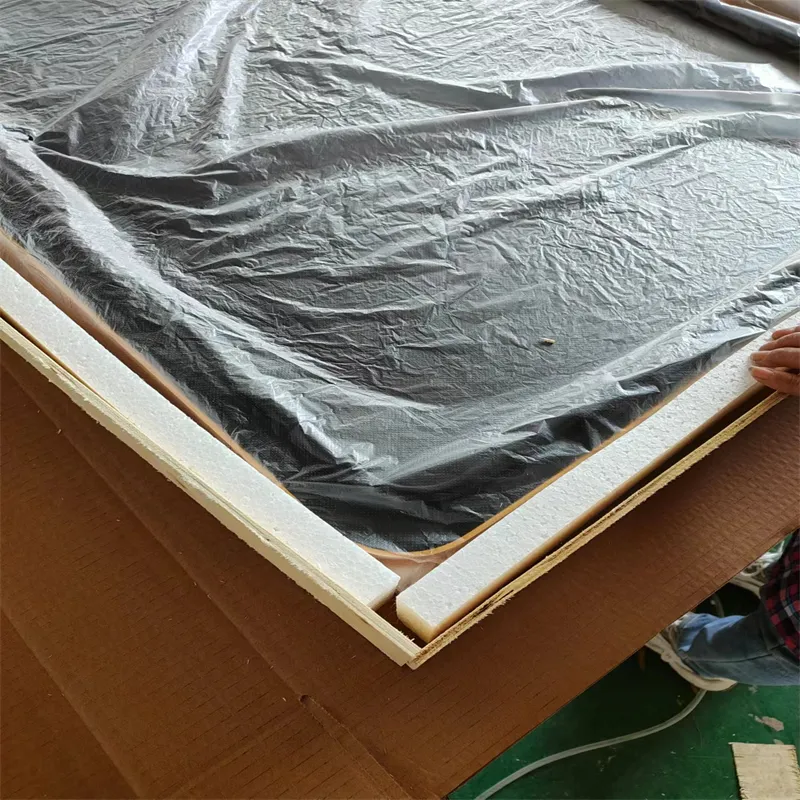
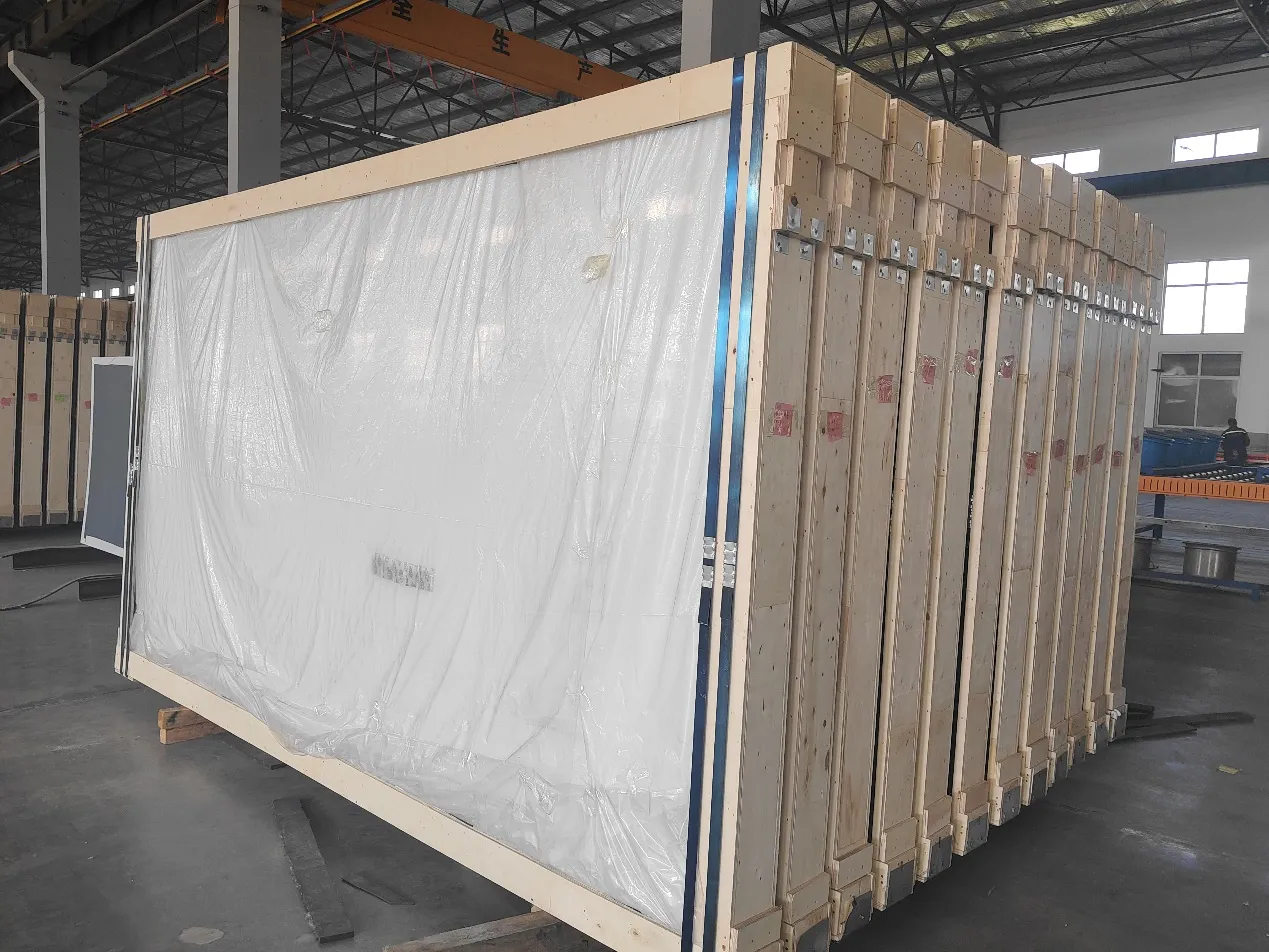
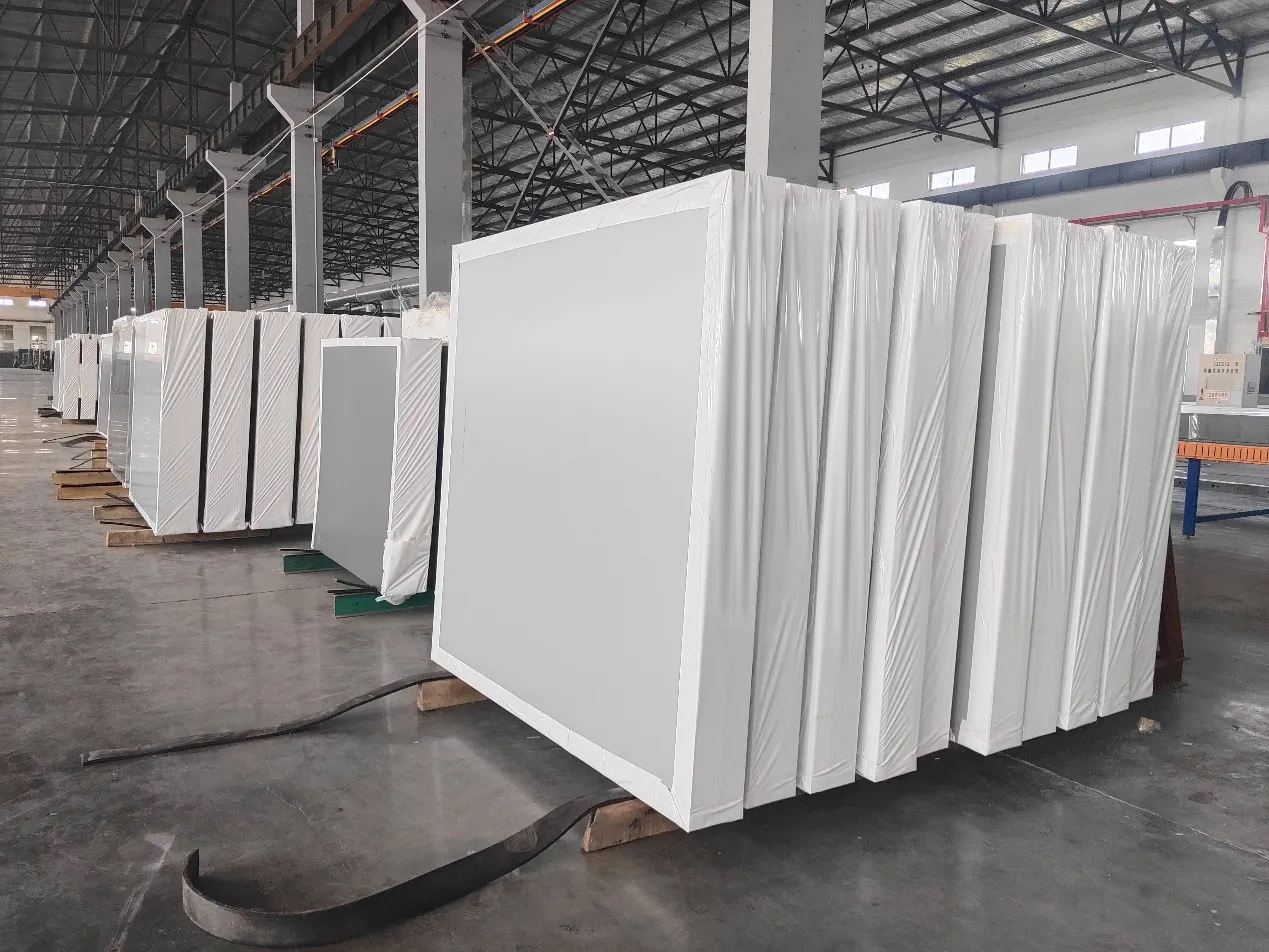
Key Features of Aluminum Mirrors
High Reflectivity
Aluminum mirrors boast a reflectivity rate of 90% to 92%, making them ideal for applications requiring clear, precise reflections. This level of performance is comparable to silver mirrors but at a lower cost.
Durability
While aluminum mirrors are resistant to environmental factors like moisture and chemicals, their edges are more prone to oxidation compared to copper-free silver mirrors. However, the back paint and oxidation layers mitigate this risk, ensuring long-term reliability.
Cost-Effectiveness
Aluminum mirrors are a cost-effective alternative to silver mirrors, offering excellent reflection quality without the premium price. This makes them a popular choice for large-scale projects and commercial applications.
Environmental-Friendliness
Unlike traditional mirrors, aluminum mirrors do not contain copper or lead, aligning with global efforts to reduce hazardous materials in manufacturing. This eco-friendly profile positions them as a sustainable option for modern industries.
Applications of Aluminum Mirrors
Interior Design and Architecture
Aluminum mirrors are widely used in interior design to enhance spatial perception and natural light. They are commonly installed in bathrooms, living rooms, and hallways to create a sense of openness and modern aesthetics.
Decorative and Commercial Applications
These mirrors are also popular in retail displays, furniture, and signage. Their ability to maintain a clear, reflective surface makes them a versatile choice for both functional and decorative purposes. The availability of tinted glass options further expands their design flexibility.
Automotive Industry
In the automotive sector, aluminum mirrors are used for rearview and side mirrors. Their durability and cost-effectiveness make them a practical solution for vehicle manufacturers.
Technical Specifications
| Size (mm) | The same as silver mirrors, with custom options available |
|---|---|
| Thickness (mm) | 1.1, 2, 3, 4, 5, 6, 8 |
| Colors | Silver and other colors based on tinted glass |
Company Background: Shahe Shott Glass Co., Ltd.
Shahe Shott Glass Co., Ltd. (沙河市消特玻璃有限公司) is a leading manufacturer of high-quality mirrors and glass products. With a focus on innovation and sustainability, the company has established itself as a reliable supplier in the global market. Their expertise in vacuum coating technologies and eco-friendly manufacturing processes ensures that their aluminum mirrors meet stringent industry standards.
For more information about the company, visit the official website.
Conclusion
Aluminum mirrors combine advanced fabrication techniques, cost-effectiveness, and environmental sustainability to meet the demands of modern industries. From interior design to automotive applications, their versatility and durability make them an indispensable solution. As manufacturing technologies continue to evolve, aluminum mirrors are poised to play an even greater role in shaping the future of reflective surfaces.
References
NIST (National Institute of Standards and Technology) provides authoritative guidelines on measurement and manufacturing standards, ensuring the reliability of industrial processes. This reference underscores the importance of precision and quality in mirror production.
-
Types of Reflective Glass
NewsNov.17,2025
-
What Is Dichroic Glass?
NewsNov.17,2025
-
Smart LED mirrors can have touch controls
NewsNov.17,2025
-
Laminated glass improves energy efficiency
NewsNov.17,2025
-
Insulated glass enhances building comfort
NewsNov.17,2025
-
Acid etched glass offers elegant privacy
NewsNov.17,2025
Related PRODUCTS


